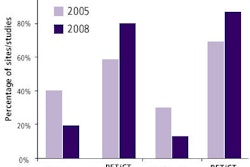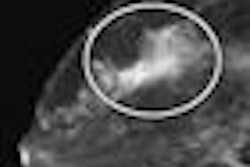Dear Molecular Imaging Insider,
In this edition of the Molecular Imaging Insider, we present research showing that FDG-PET imaging can be helpful in determining how atherosclerotic plaque inflammation relates to calcification and vascular risk factors. In addition, the technique may be used to identify atherosclerotic disease activity.
The findings come from a new study at Mount Sinai School of Medicine in New York City designed to determine how arterial inflammation measured by PET correlates with plaque inflammation and the presence of risk factors for vascular disease. Details about the research can be found here.
Meanwhile, researchers at the Cleveland Clinic and Ohio State University have developed an automated image fusion algorithm that combines the capabilities of 3D echocardiography and SPECT to image patients with coronary artery disease. Early results from the hybrid imaging technique show that it accurately detects wall motion abnormalities and may improve the diagnosis of ischemia.
Also, staff writer Kate Madden Yee reports on how breast-specific gamma imaging achieved greater sensitivity than mammography, sonography, and MRI for detecting invasive lobular cancer in a study from George Washington University in Washington, DC.
There also is good news for users of medical isotopes, such as molybdenum-99. The Dutch Council of Ministers last week gave the Nuclear Research and Consultancy Group (NRCG) permission to restart its High Flux Reactor in Petten, the Netherlands, ending a six-month shutdown.
In addition, radiopharmaceutical firm Covidien, whose Mallinckrodt subsidiary is a joint venture partner with NRCG, recently unveiled plans to collaborate with Babcock & Wilcox Technical Services Group on a new type of reactor technology that is simpler, cheaper, and more environmentally friendly than traditional reactors used for isotope production.
Please keep in touch with the Molecular Imaging Digital Community in the coming weeks for more groundbreaking research and news from the industry.




















